TEXTile digitisAtIon tooLs and mEthodS for cultural heritage
TEXTaiLES

The importance of textiles in contemporary societies has stimulated reflections on textile culture in antiquity. From the Upper Paleolithic until today, textiles are an essential part of everyday life and accompany people throughout their life course, conveying and symbolising their gender, age, religious beliefs, profession and status, and have done so in the past.
Textile products and the crafts and traditions associated with them, as addressed by TEXTaiLES, hold a central and pivotal role in European history. Despite recent methodological advances in European textile research, digitisation of textile CH objects has not received sufficient attention and the technological and methodological position which is evident in the development of acquisition and digitisation technologies.
Objectives/ Mission
This lack of attention can be attributed to the significant technical challenges posed by textile CH objects, mainly stemming from their soft and pliable nature, the minute scale of dimensions of their primary structure and the inherent sensitivity they exhibit to degradation agents. TEXTaiLES’ mission is to employ key emerging technologies like Artificial Intelligence (AI), 3D digitization, Internet of Things (IoT), Cloud/Edge Computing, Robotics, Digital Twins (DTs) to capture and visualise the visible and non visible characteristics of textiles in CH.
Expected Results
TEXTaiLES will develop a set of bespoke AI-intensive digital tools to provide cultural heritage institutions and professionals with enhanced technological and methodological capabilities for digitising textile CH collections.
Partners
News & Events
The ECHOES Workshop at CAA 2025
The ECHOES Workshop, Opportunities and Tools from the Cultural Heritage Cloud for Digital Archaeology, held on Monday 5th [...]
Join the ECHOES Workshop at CAA 2025
Join us for the ECHOES Workshop with AUTOMATA, TEXTaiLES, and HERITALISE at CAA 2025 in Athens, Greece: “Opportunities [...]
Results
TEXTaiLES will deliver several technological tools such as robust robotic data acquisition techniques for digitising textile objects; web-based collaborative 3D digital replica manipulation environment; AI-based tools for surface morphology and micro-structure analysis; tools for motion and dynamics analysis for textile artefacts; tools for semi-automated textile artefact restoration tool; software for continuous monitoring of textile artefacts utilising smart wireless sensor networks. Additionally, TEXTaiLES will have a significant outreach impact such as education material and training activities for CH professionals and institutions as well as policy recommendations at EU, national and regional levels for promoting and safeguarding textile tradition.
For further information, visit the TeXTaiLES website.

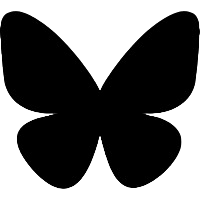

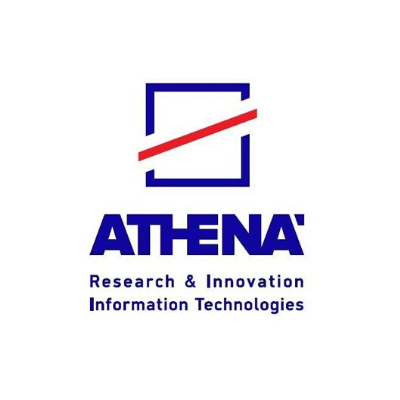
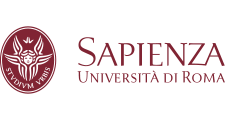

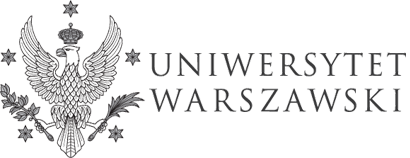
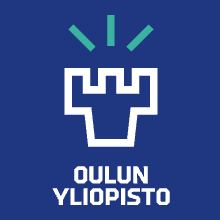

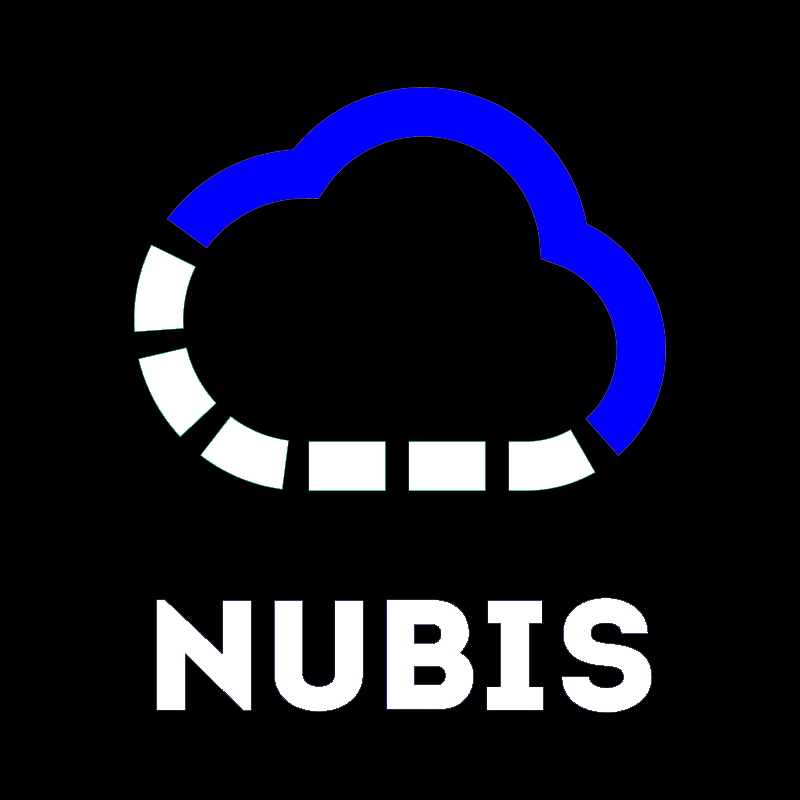



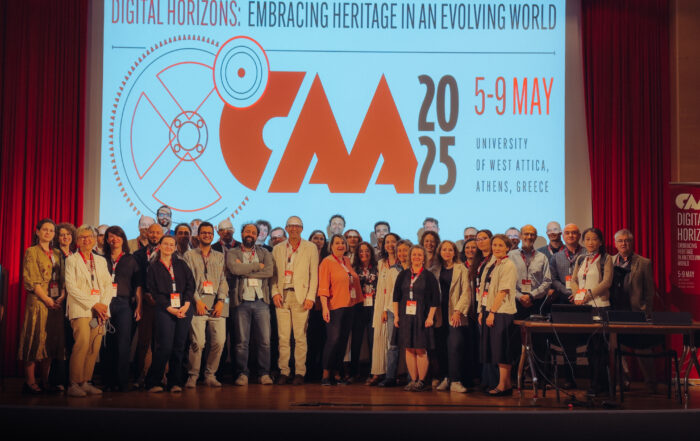
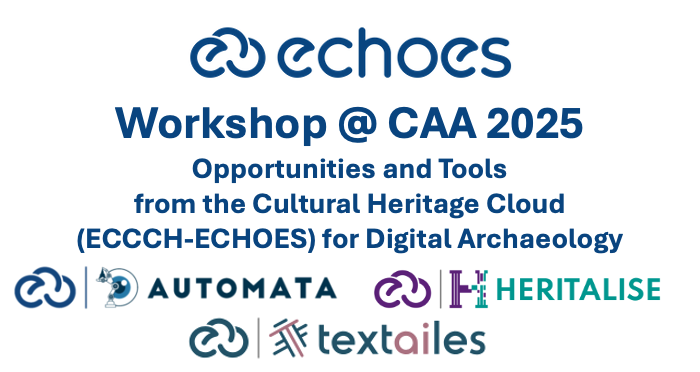

![UKRI_Horizontal_RGB[W] UKRI logo with white font](https://www.echoes-eccch.eu/wp-content/uploads/2024/06/UKRI_Horizontal_RGBW-e1721298347860.png)
